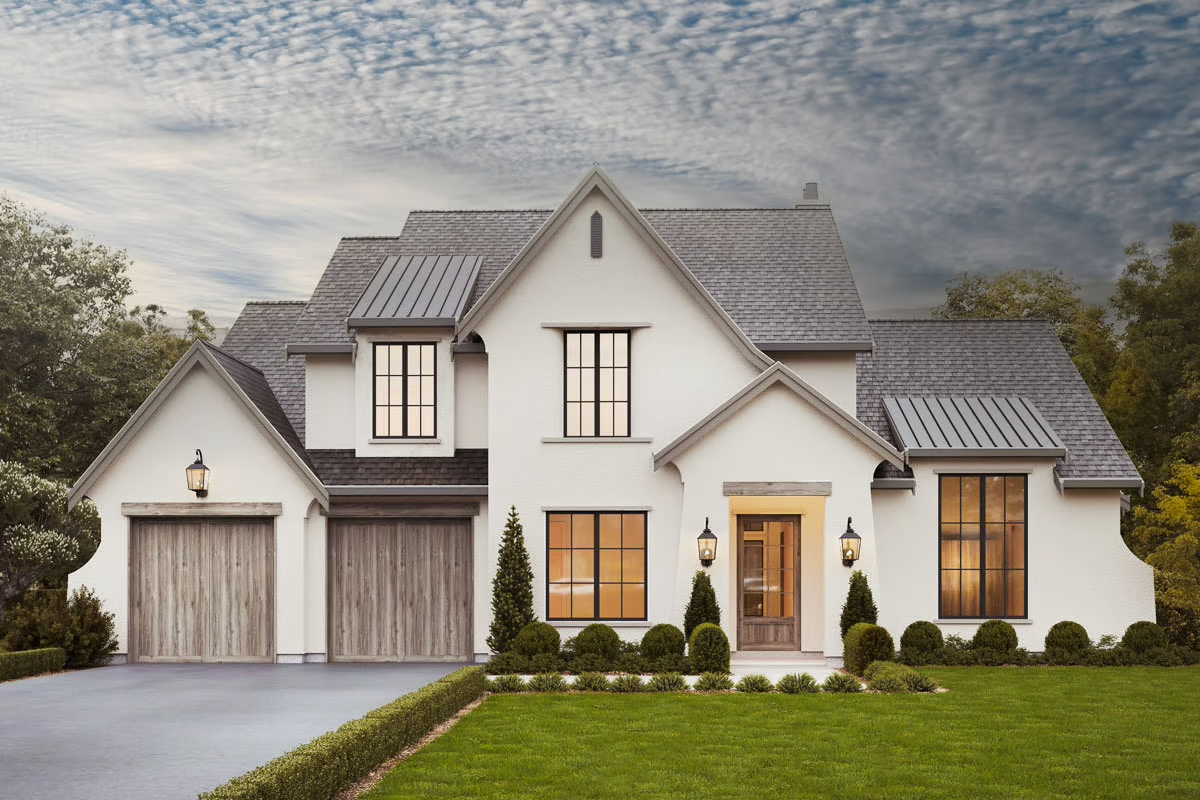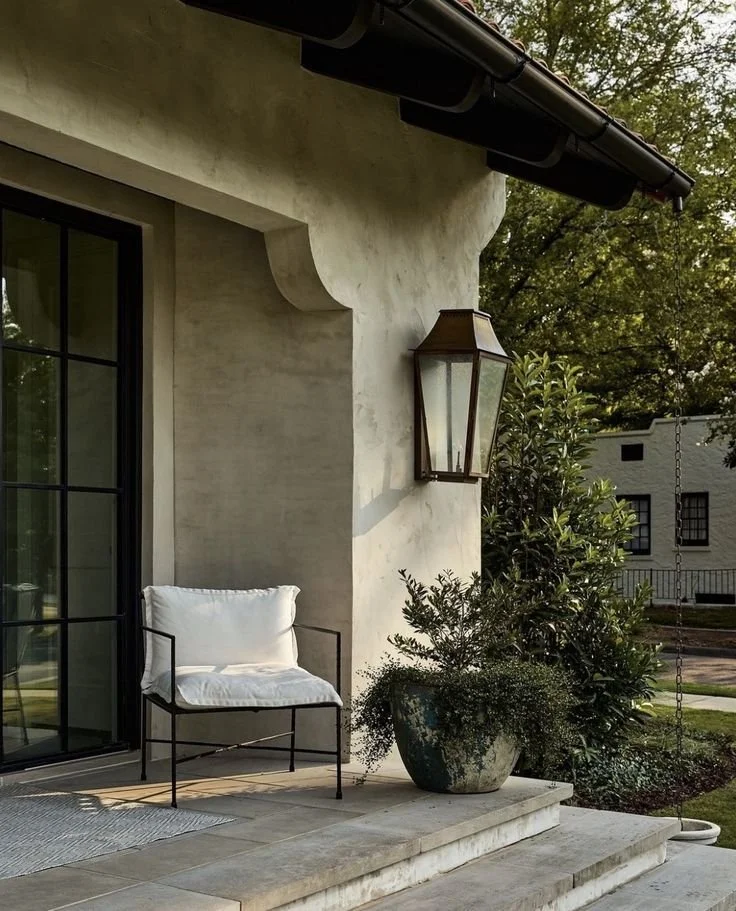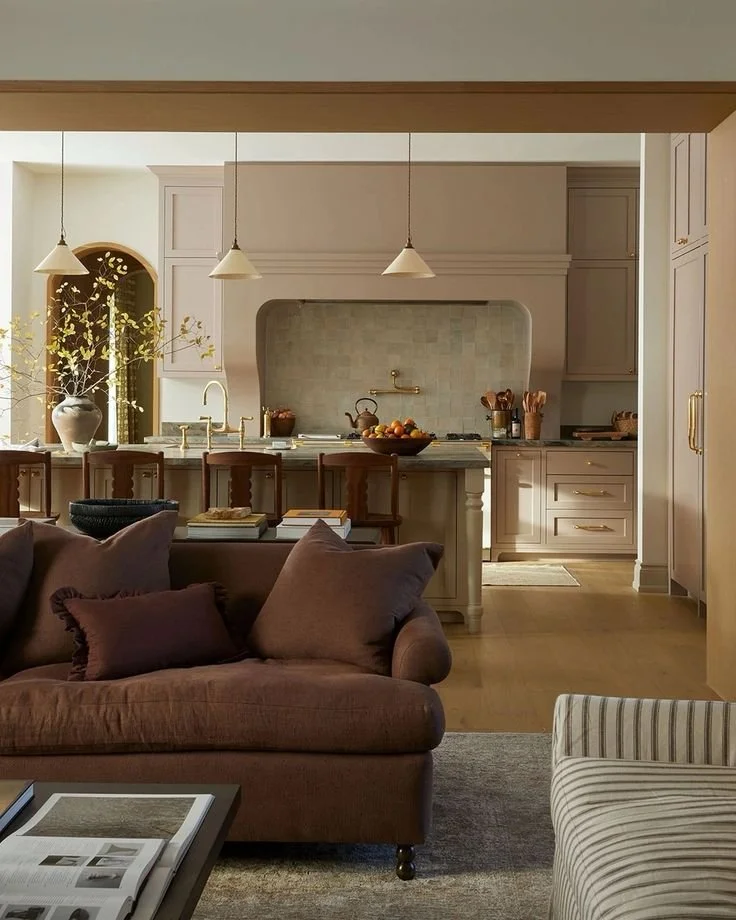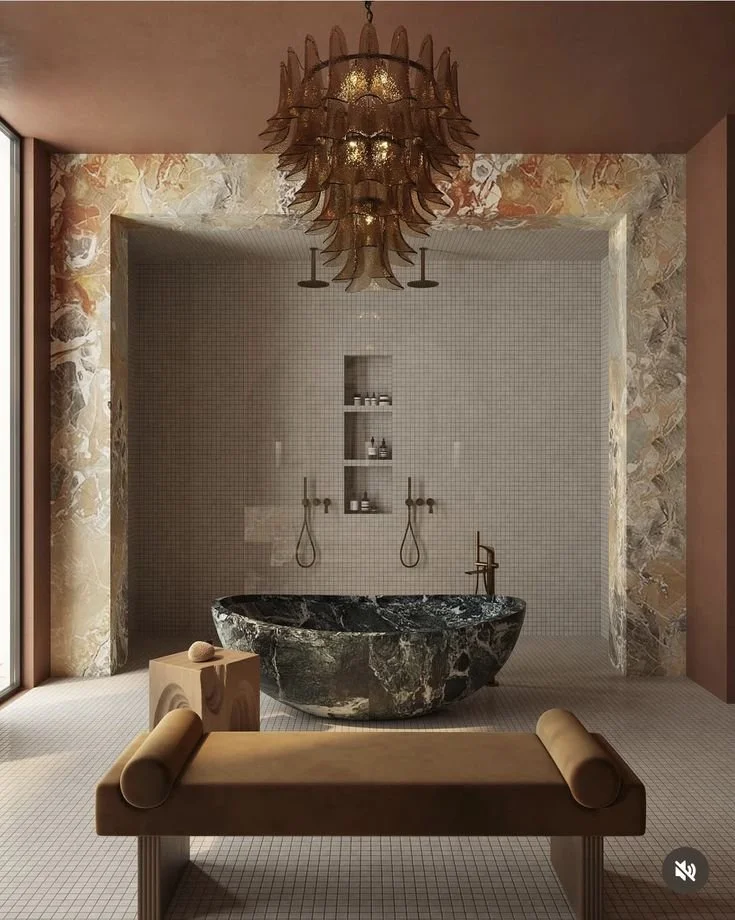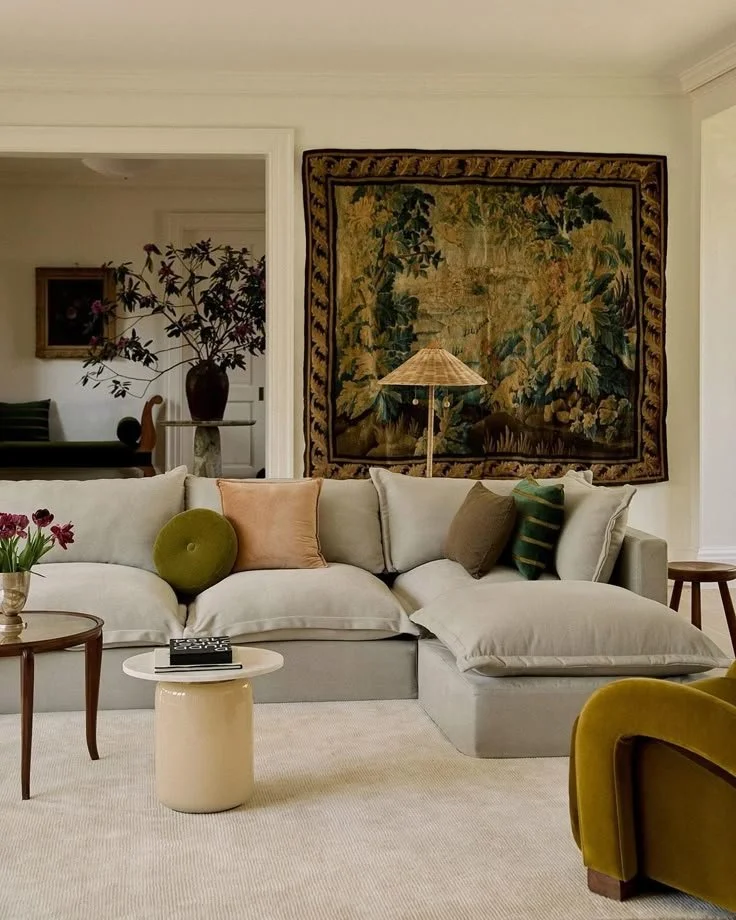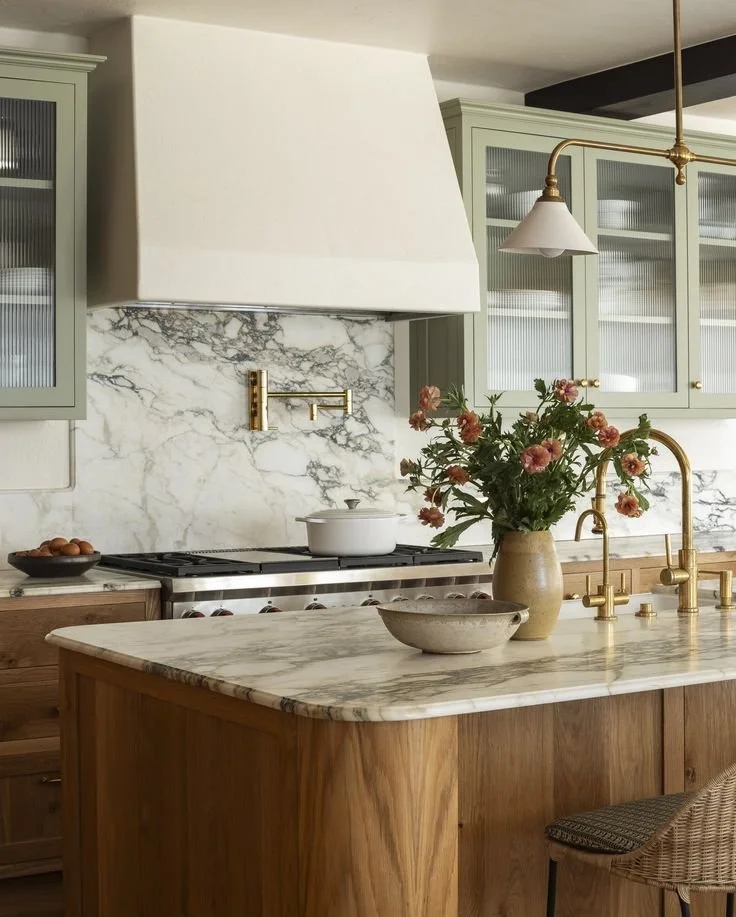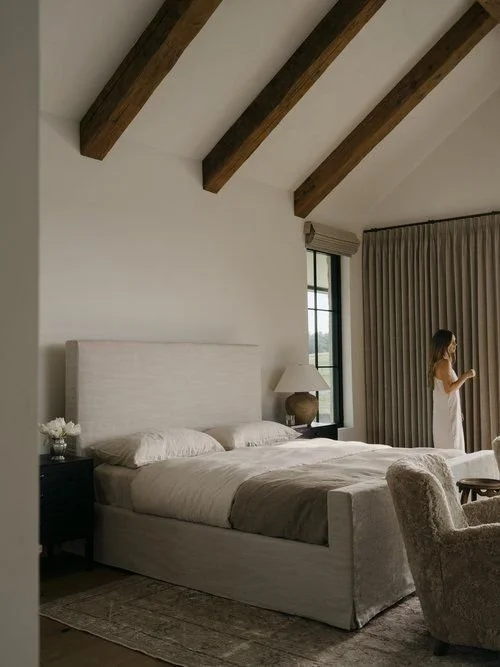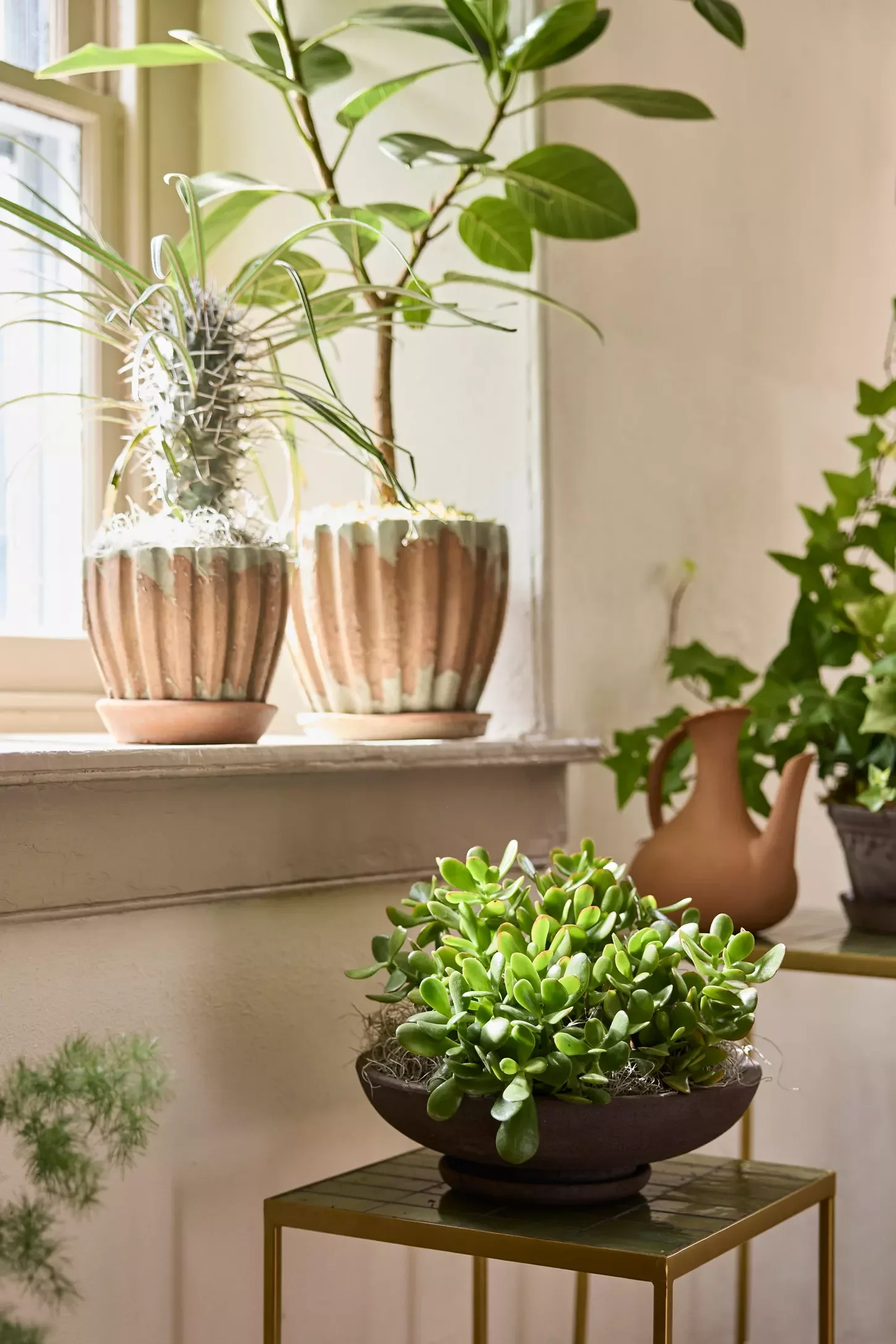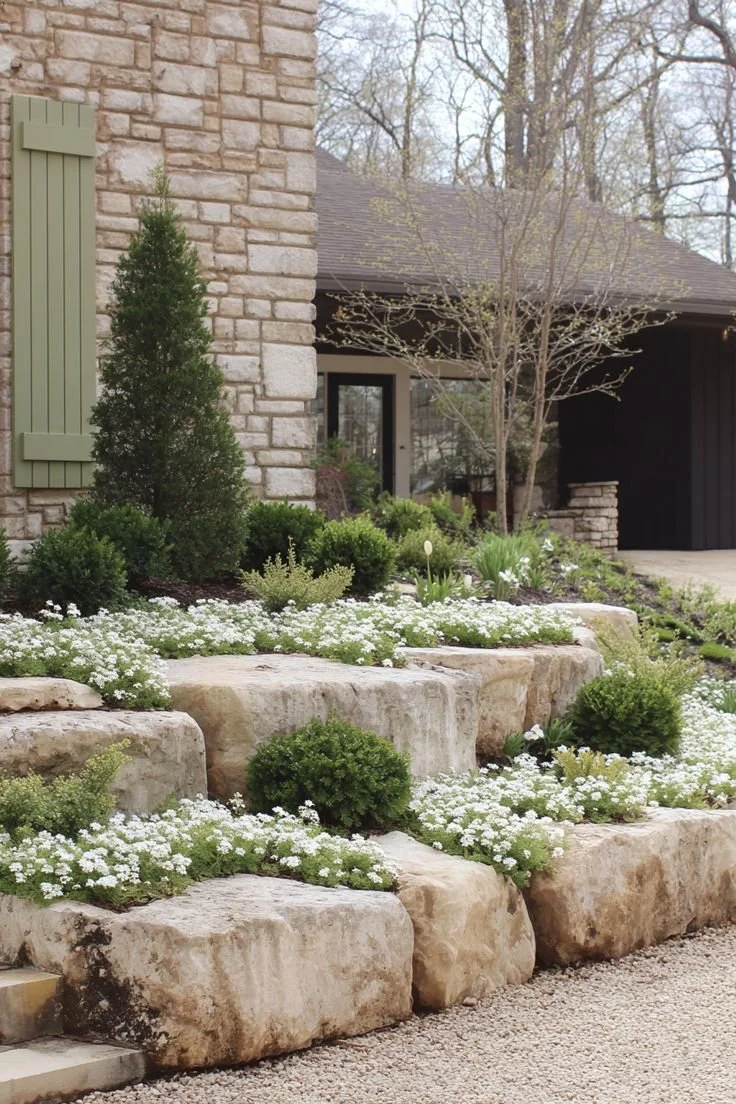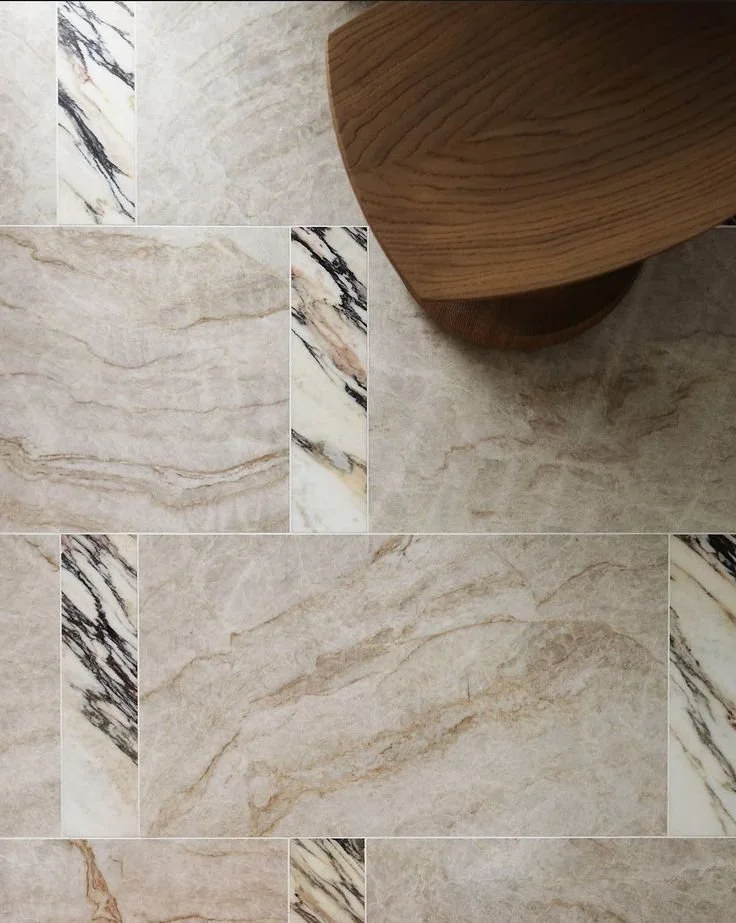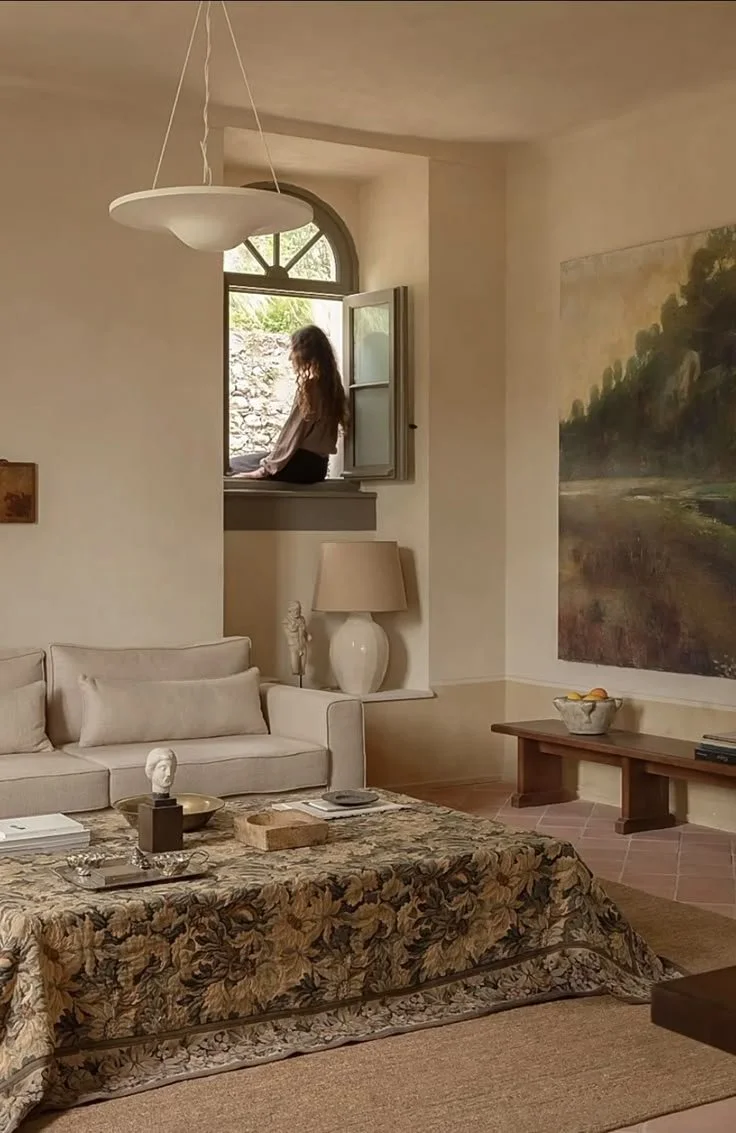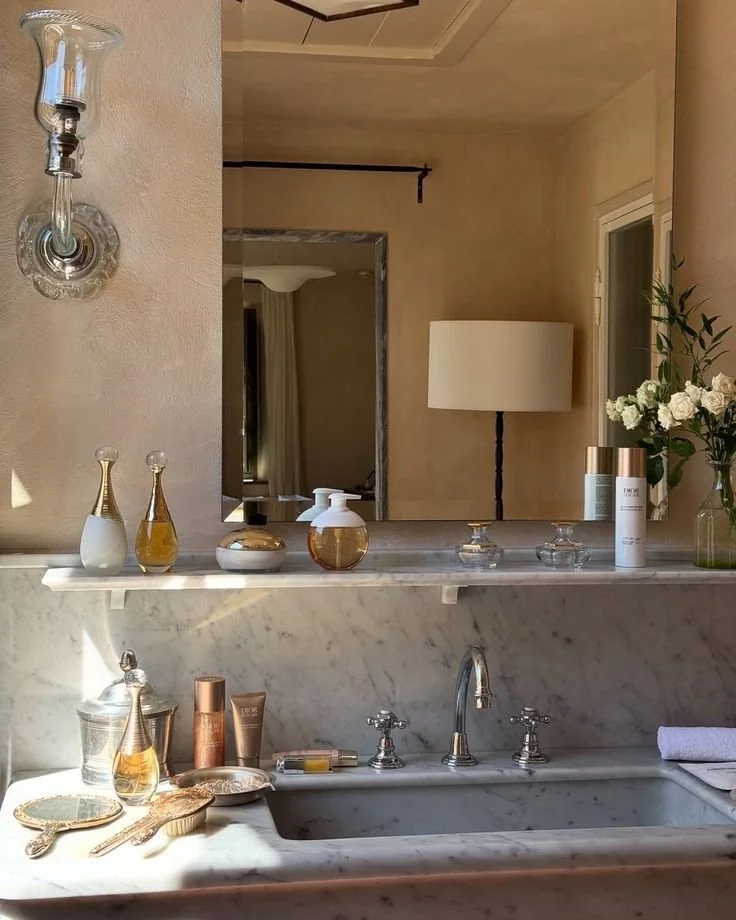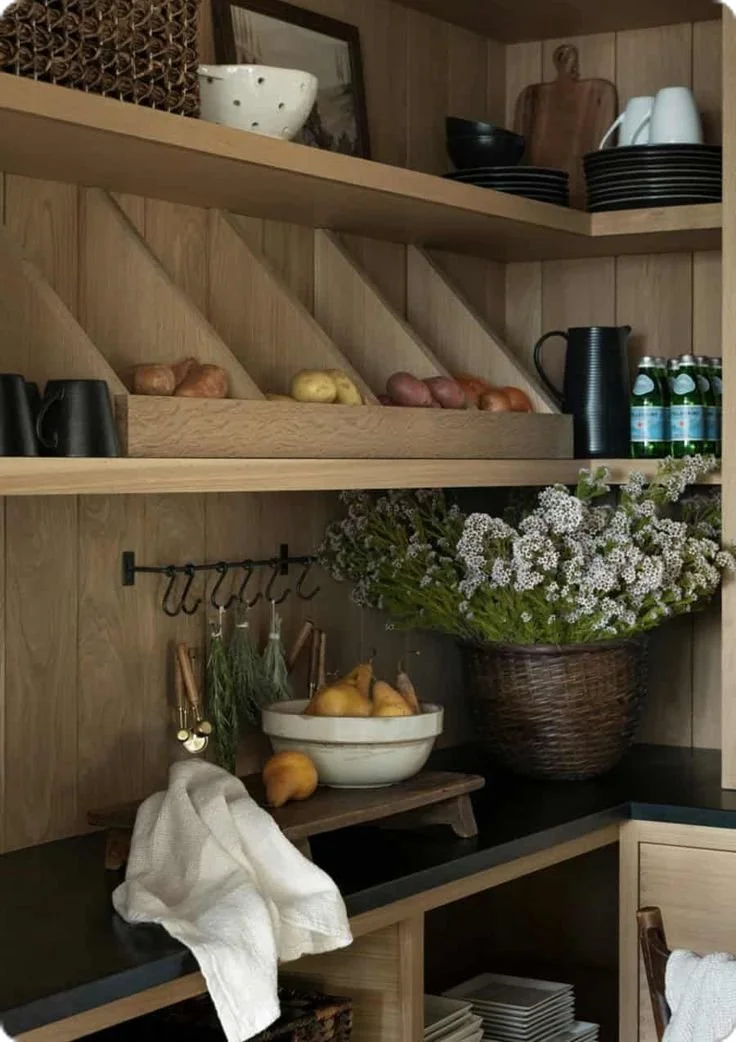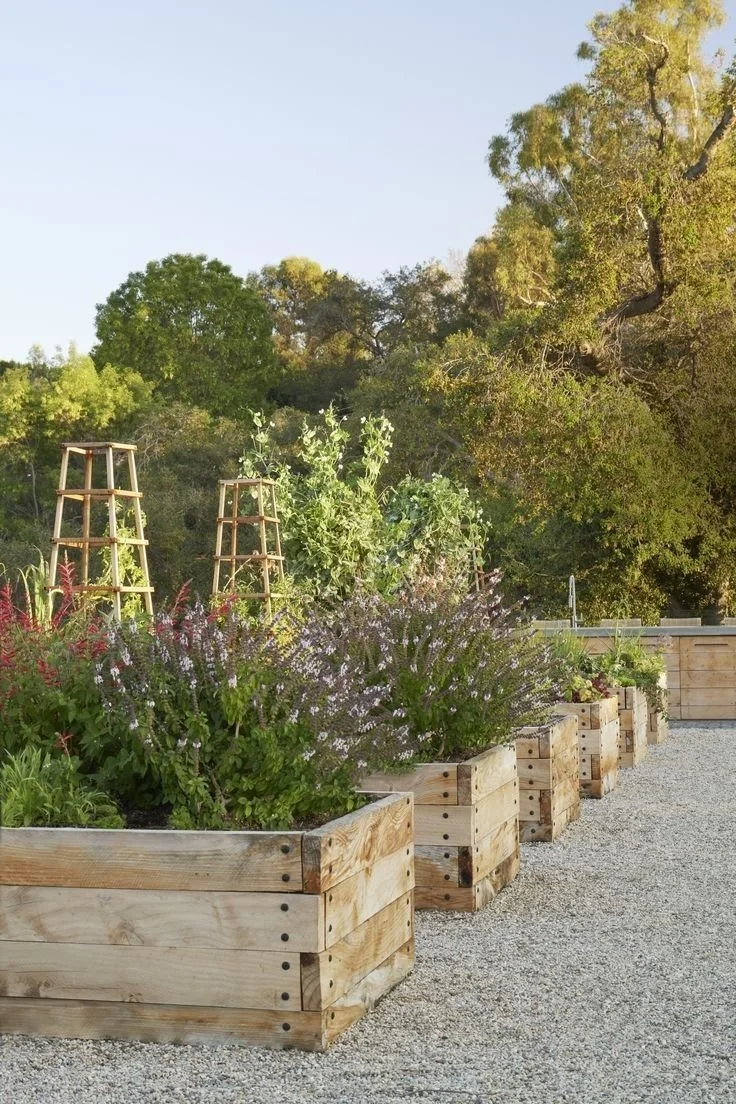Combining Structure And Style In Modern Construction Plans
In today’s dynamic construction landscape, the demands placed on buildings have evolved dramatically. Homeowners, developers, and architects are no longer satisfied with structures that merely endure—they seek spaces that are functional, sustainable, and visually captivating.
Modern construction is no longer a binary choice between form and function. Instead, the industry is embracing a holistic approach where structure and style coexist in harmony. This shift is redefining both residential and commercial architecture, creating environments that are not only built to last but also designed to inspire.
In this article, we explore how contemporary construction plans are blending technical integrity with aesthetic innovation—from material selection and spatial design to sustainability and collaboration.
No. 1
The Evolution of Building Design
Historically, architectural design often leaned toward one of two extremes: utilitarian function or ornate form. Industrial buildings prioritized durability and efficiency, while heritage properties showcased intricate detailing and visual grandeur.
Today, however, the design ethos has changed. Modern construction seeks to unify these elements, recognizing that exceptional design must perform well, flow intuitively, and feel inviting.
This evolution has been driven by:
Technological advancements in building materials and methods
Changing lifestyle expectations, such as open-plan living and energy efficiency
A growing appreciation for spaces that are both beautiful and practical
Architects are now tasked with creating blueprints that balance engineering precision with artistic expression, ensuring that every space serves a purpose while contributing to the overall aesthetic.
No. 2
Materials That Merge Practicality with Personality
One of the most effective ways to blend structure and style is through the thoughtful selection of materials. Traditional building materials like concrete, steel, and timber are no longer hidden behind walls—they are celebrated as design features.
Examples include:
Exposed timber beams that add warmth and character
Polished concrete floors that offer industrial chic appeal
Steel-framed windows that provide both strength and modern minimalism
Natural stone is another standout material that exemplifies this dual-purpose approach. Providers like Quorn Stone offer high-quality natural stone tiles that enhance both the structural integrity and visual elegance of a space.
These tiles are especially popular in:
Kitchens
Hallways
Bathrooms
They provide a timeless aesthetic while offering durability and ease of maintenance—making them a favorite among designers and homeowners alike.
No. 3
Designing for the Way We Live
Modern construction is increasingly human-centric. Architects and designers are prioritizing how people interact with their environments, resulting in spaces that are both intuitive and inspiring.
Key design strategies include:
Maximizing natural light through large windows and open layouts
Creating flexible zones that adapt to different needs (e.g., work, relaxation, entertaining)
Incorporating smart storage and hidden structural supports to maintain clean lines
Integrating zoned heating and cooling for comfort without visual clutter
The result is a seamless blend of form and function—spaces that are as livable as they are visually appealing. Every element is intentional, contributing to a cohesive and comfortable environment.
Architecture Designs
Build your dream home from the ground up.
Explore stunning architecture designs and purchase house floor plans online with ease. Your perfect home starts here.
No. 4
Sustainability as a Bridge Between Form and Function
Sustainability is no longer an optional feature—it’s a fundamental pillar of modern construction. What’s remarkable is how sustainable elements are enhancing both performance and aesthetics.
Building plans now integrate eco-friendly materials, energy-efficient systems and renewable technologies as standard. What’s striking is how these elements enhance a building’s style as much as its performance.
Examples of eco-conscious design that also elevate style include:
Green roofs, which provide insulation and visual interest
Solar panels, now integrated into sleek architectural designs
Rainwater harvesting systems, often incorporated into landscape features
These innovations demonstrate that environmental responsibility and design excellence are not mutually exclusive. In fact, they often complement each other, creating buildings that are as kind to the planet as they are pleasing to the eye.
No. 5
The Role of Collaboration in Construction Planning
Achieving a balance between structure and style requires a deeply collaborative process. Architects, engineers, interior designers, and clients must work together from the earliest stages of planning to ensure that every design decision is technically feasible and aesthetically aligned.
Benefits of collaborative planning include:
Improved communication, reducing the risk of costly revisions
Integrated problem-solving, allowing for creative, practical solutions
Streamlined execution, with all stakeholders working toward a unified vision
This multidisciplinary approach ensures that no detail is overlooked and that the final result is both structurally sound and visually compelling.
Takeaways
The convergence of structure and style in modern construction reflects a broader shift in how we think about the spaces we inhabit. Today’s buildings are not just shelters—they are expressions of lifestyle, values, and innovation.
By selecting materials that marry durability with design, planning spaces around real-life use, and embracing sustainable practices, architects and builders are raising the bar for what construction can achieve.
Whether it’s the clean lines of a minimalist kitchen, the warmth of natural stone underfoot, or the seamless integration of smart systems, modern construction proves that beauty and function are not opposing forces—they are partners in creating spaces that truly enhance our lives.
In the end, the most successful construction projects are those that do more than stand tall—they inspire, perform, and endure.
Looking for Home resources?
Looking to enhance your living space and create a sanctuary that supports your well-being? Explore our home partners who offer a wide range of resources to elevate your home environment.

